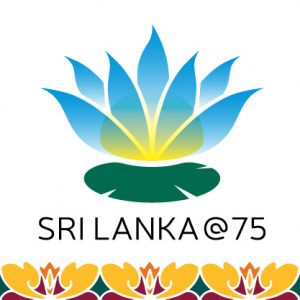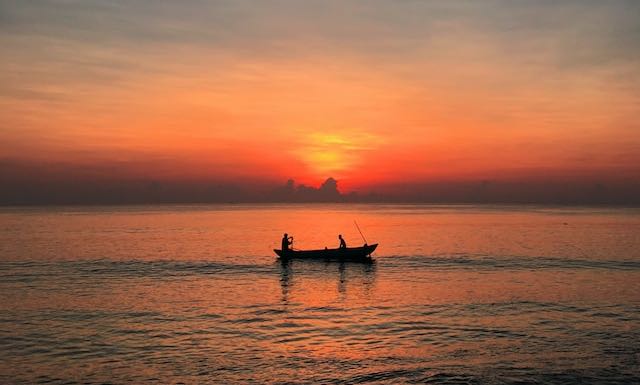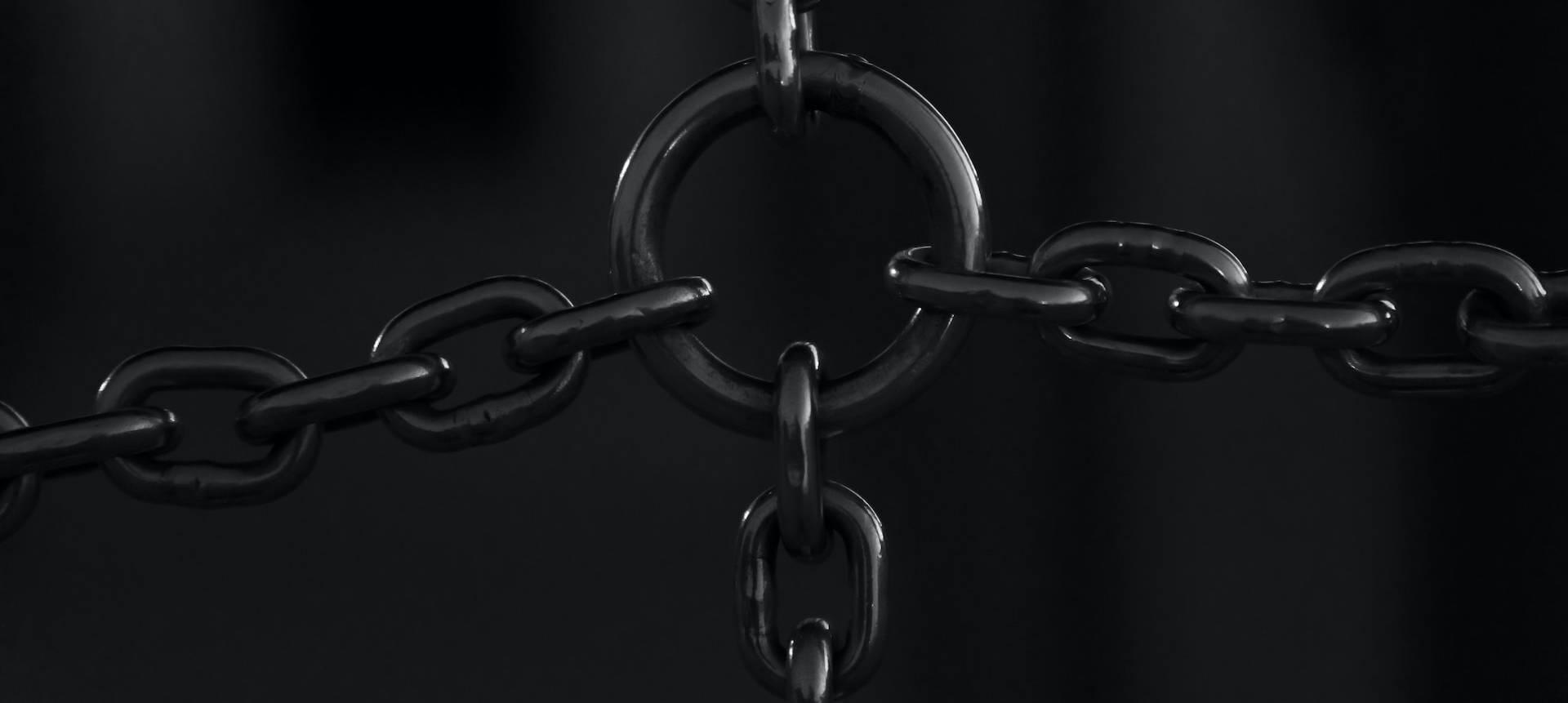 Institutional and infrastructural reform initiatives have been long in the making in Sri Lanka, in fact, from the time of her independence. Yet, successive political regimes have failed to bring about genuine reform. Ambika Satkunanathan explains how effective change is impossible without a fundamental shift in social, cultural and political behaviour that acknowledges and dismantles the root causes of complacency — or the energy gained in the protests of 2022 may be in vain.
Institutional and infrastructural reform initiatives have been long in the making in Sri Lanka, in fact, from the time of her independence. Yet, successive political regimes have failed to bring about genuine reform. Ambika Satkunanathan explains how effective change is impossible without a fundamental shift in social, cultural and political behaviour that acknowledges and dismantles the root causes of complacency — or the energy gained in the protests of 2022 may be in vain.
My earliest memory of Independence Day was my parents (Tamils who lived in Colombo) discussing the need to hoist the Sri Lankan flag outside the house for fear that if we didn’t do so, we might be perceived as anti-government or pro-LTTE, and subjected to some form of harassment. My parents hence viewed hoisting the national flag as a form of performative loyalty to the ‘state’ (distinct from the country), an act done under compulsion to earn safety and security. This singular example encapsulates the broken social contract between the citizen and the state and, in particular, between citizens of some communities and the state.
*
Due to the intrinsic link between institutional dysfunctionalities and ethnic conflict, post-colonial Sri Lanka has witnessed numerous efforts to reform the state and restructure constitutional and institutional arrangements as a means of addressing the root causes of ethnic conflict. Yet, in each instance, reform attempts have taken place only at the convenience of the Executive with the purpose of gaining political advantage, and/or at the behest of international bilateral or multi-lateral institutions or processes. Yet, despite these attempts, institutional weaknesses remain — weaknesses exacerbated following the end of the armed conflict in 2009 when Sri Lanka veered towards authoritarianism under the political regime of Mahinda Rajapaksa. Although defeated in Presidential and Parliamentary elections in January and August 2015 respectively, the reform agenda of the coalition ‘Good Governance’ government was largely unsuccessful.
When Gotabaya Rajapaksa was elected President in November 2019 and the Rajapaksa family returned to power, the country encountered a hitherto unseen economic crisis which led to mass protests calling not only for Gotabaya’s resignation but what the protestors referred to as ‘system change’. Although Gotabaya resigned, his Sri Lanka Podujana Permuna (SLPP) party — with a two-thirds majority in Parliament — elected Ranil Wickremesinghe, the Prime Minister during the Good Governance regime, as President.
The government remains the same with SLPP members continuing to hold ministerial portfolios. While the broader calls for reform seem to have abated with the disappearance of fuel queues and electricity cuts, protests and public discontent are expected when the government initiates reforms, such as cuts in spending and subsidies, in line with the IMF bailout package. What, then, are the entrenched impediments to reform in this context?
Structural Change: The Elephant in the Room
When discrimination takes place over decades, it gets embedded in the behaviour not only of the people but also of institutions. Discrimination, and inequality thereof, become part of the DNA of institutions, normalised and part of the routine of institutions. Hence, particularly in post-war contexts plagued by ethno-nationalist politics, institutional reform must consider the structures of entrenched discrimination and marginalisation that are invisible when viewed through a purely legal lens. If reform efforts are to succeed, structural reforms as well as an ideational shift are required. Often, although a change in attitudes is acknowledged as an integral component of reform and democratisation, there is little understanding of which attitudes must be changed, how entrenched they might be, and the reasons it may be difficult to bring about the shift. Some of these factors include:
The Feudal Reality of Post-colonial Sri Lanka
Neelan Tiruchelvam (d. 1999) described Sri Lanka as
an island society where the legal, bureaucratic and political elite is relatively small and exercises disproportionate influence over national decision-making processes.
75 years after independence, Sri Lanka has a patronage-driven culture with a feudal hangover in which people expect the dispensation of favours in exchange for obeisance. Democratic values have not been internalised, and a form of electoral authoritarianism where Sri Lankans believe democracy begins and ends with casting their vote still exists. Civic education is not taught at either school or university and there is a lack of awareness about basic human rights as well as civic duties.
When institutions are dysfunctional and formal rules and processes do not function effectively or are applied unequally, a parallel, informal system of ‘getting things done’ which undermines institutions and legal processes comes into being. In Sri Lanka, such informal processes have become entrenched, and at times even taken precedence over formal processes, thereby impacting and shaping institutional culture. Dismantling these informal power structures and processes which create and sustain a power imbalance is challenging because they are deeply embedded within formal structures and so are assumed to be formal; this, in turn, accounts for the resilience of such systems and processes. In such a context, élites will resist systemic and structural change by allowing minimal changes to institutional processes or incorporate changes in ways that do not undermine existing patronage-supported informal systems.
In the absence of internalisation of basic democratic values such as accountability and transparency, space was created for processes, both visible and invisible, that changed social value systems and public perception in ways that undermined democracy and respect for the rule of law. This was not new, being steeped in Sri Lankan culture, but assumed new life, form and importance during the Rajapaksa tenures. For instance, in February 2020, President Gotabaya Rajapaksa stated that ‘It is important that the judiciary does not interfere needlessly in the functioning of the executive and legislative branches of the government’; in September the same year, he instructed public officials to take his verbal instructions as circulars.
While showing contempt for the rule of law, the law also becomes the weapon of choice for the government to exercise social control, particularly to control dissent by using laws like the Prevention of Terrorism Act. For instance, in April 2023 Ranil Wickremesinghe said that he would prosecute striking teachers and ‘take away’ their property. Even laws such as the International Covenant on Civil and Political Rights Act (ICCPR Act), which are meant to protect the rights of citizens, have been weaponised by successive governments against writers, poets, Muslims and Tamils in the guise of countering hate speech. At the same time, those engaging in hate speech and inciting violence with the patronage of politicians, such as the Buddhist monk Gnanasara Thero of the Bodu Bala Sena (BBS) escape the tentacles of the ICCPR Act.
The Eternal Search for a Saviour
Another impediment to reform is the constant search for a saviour-leader to reform the state rather than focus on changing systems, processes, ideas, and values. Gotabaya Rajapaksa won the election by positing himself as such a saviour — an anti-politician who would save the people from poverty, corruption, the underworld/drug lords and extremists just as he saved the country from the LTTE. Similarly, now, Ranil Wickremesinghe is the new saviour expected to solve the economic crisis and usher in stability and prosperity.
Why do people, while demanding an equitable society, paradoxically gravitate towards saviours and paternal figures who perpetuate a culture dependent on maintaining the status quo? This non-rational core of the country and the cult of personality that supports the creation of a paternalistic state can be understood through a Sri Lankan analytical construct called the ‘Ashokan Persona’. According to Michael Roberts, the Ashokan Persona is
a cultural paradigm which encapsulates a relationship between a superior and a subordinate, and which describes a superior who is regarded as a righteous exemplary, one who is expected to function as a source of benevolent largesse, an apical fountainhead of status and pontifical authority and, in effect, as a central and pivotal force.
This is so deeply engrained in the public psyche that even young activists leading protests against Gotabaya Rajapaksa in 2022 expressed discomfort about the general lack of leadership of the protests. It is indicative of the yearning Sri Lankans have for power to be centralised, and for a ‘strong leader’ to ‘save’ Sri Lanka, one that has enabled the creation of a paternalistic, non-rational core of the nation and the cult of personality whereby the relationship is not one of accountability between the voter and the elected but a relationship between a superior and a subordinate.
Does the ‘Aragalaya’ Signal Change?
While the 2022 protests — now referred to as the ‘aragalaya’ — have been hailed as revolutionary and one of unity amongst different ethnic and social groups, there are many issues that remain unaddressed.
The protests did ignite increased public discourse on issues of public interest and demands for accountability, at least on certain issues such as how public funds are spent and corruption. Yet, the decades-long struggle for rights of communities, such as the Tamils (based mainly in the north), that have challenged the state and particularly the Rajapaksas is absent in the narrative and the consciousness of the protestors. Southern social activists too have done little to engage and encourage southern media to report and amplify these struggles.
Another issue is the military which, in the post-war era, has extended its power in civilian administration, businesses and even governance and the law-making process. Although there is more discussion about militarisation after the ‘aragalaya’ due to the southern public experiencing (and hence realising) the dangers of military involvement in civil activities (including policing), the discussions are limited to the bloated military budget and the number of personnel in the armed forces. It has not extended to the militarisation of the north and east through the establishment of numerous military camps after the end of the war, the ongoing (private) land occupation and acquisition by the military to further expand military camps, the surveillance and harassment of civil society by the military, the military’s involvement in the civic sphere or the critical role they play in the ongoing Sinhalisation of the north and east.
*
Hence, the removal of the Rajapaksas, the passing of the 21st Amendment to the Constitution or the abolition of the Executive Presidency alone will not change the way Sri Lanka’s institutions and persons function in public office. To ensure that the increasing public demands for accountability from elected representatives generated in the 2022 protests evolves into sustained challenges to entrenched systems of discrimination and corruption, we must address the root causes and the multiple elephants in the room.
*
The views expressed here are those of the author and do not represent the views of the ‘South Asia @ LSE’ blog, the LSE South Asia Centre or the London School of Economics and Political Science. Please click here for our Comments Policy.
This blogpost may not be reposted by anyone without prior written consent of LSE South Asia Centre; please e-mail southasia@lse.ac.uk for permission.
Banner image © Akinori Uemura, 2021, Unsplash.
The ‘Sri Lanka @ 75’ logo is copyrighted by the LSE South Asia Centre, and may not be used by anyone for any purpose. It shows the national flower of Sri Lanka, the Water Lily (Nymphaeaceae), framed in a graphic design of colours derived from the national flag, and sacral architectural motifs. The logo has been designed by Oroon Das.
*







